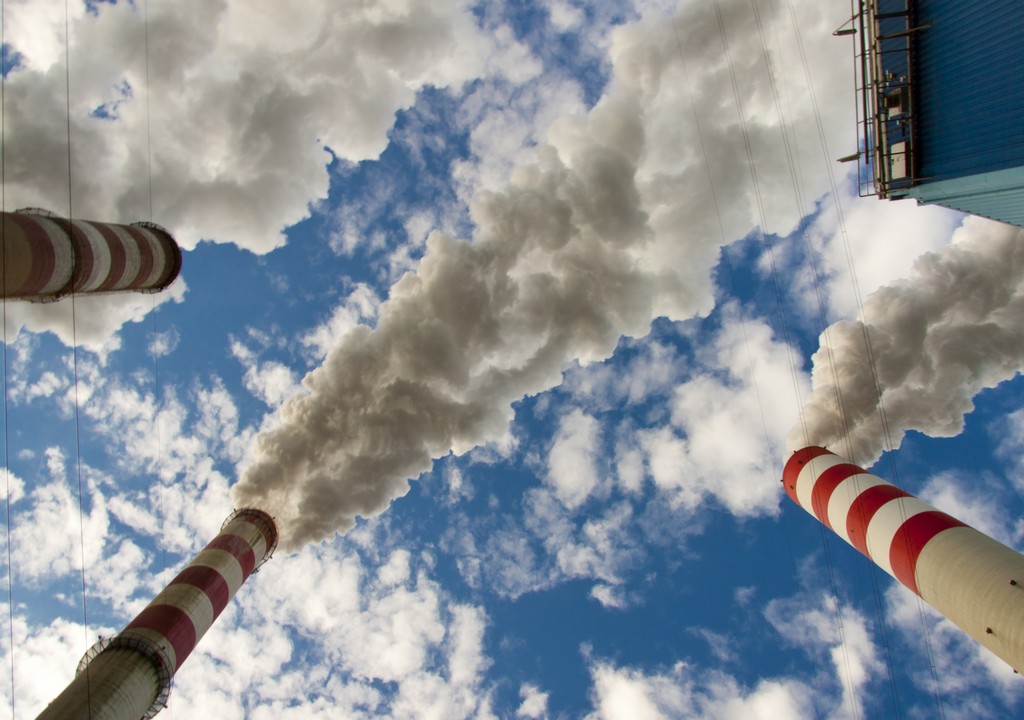Mismanaged phaseout of coal plants may cost $10B in stranded assets
- October 23, 2023
- 0

The World Bank said that the country must take proactive steps to manage the phaseout of coal-fired power plants, as it could result in $10 billion worth of stranded assets.
According to Business Mirror, the process of phasing out this capacity is scheduled to occur between 2028 and 2040 in conformity with the accelerated decarbonization scenario (ADS).
The ADS was designed to accomplish an 80% reduction in annual carbon dioxide (CO2) emissions by 2040.
The price of these stranded assets is in addition to the anticipated $133 billion total system cost of ADS. This costs six percent more than the current policy scenario’s (CPS) $125.4 billion price projection.
Under the ADS, less than 3 GW of coal-fired power should be in use in 2040 for the country to achieve an 80% yearly emissions reduction by that time. This is far less than the 14 GW that would still exist under the CPS.
Should the country decide to push through with the ADS, the global adverse ecological cost of CO2 emissions would be $35 billion under the decarbonization scenario, as opposed to $51 billion under the CPS.
The World Bank added that the CPS is almost akin to the Philippine Energy Plan (PEP) 2020-2040. The only difference is the lower GDP growth rate.
Since 2020, the Philippines’ coal-fired power plants have been running at a capacity of 11 gigawatts (GW). These CFPPs are in their early years; with the majority of them only being commissioned in 2010.
The ADS may also result in less local environmental harm. The World Bank assessment also said this may cost $9.8 billion under ADS but $14.5 billion with CPS.
However, this was refuted by the ASEAN+3 Macroeconomic Research Office (AMRO), whose analysis showed that the Philippines is one of the countries with the lowest risk of having stranded assets out of the ASEAN 3+ economies.
Based on the data from the Degree of Exposure to Stranded-Asset Risk index for 2019, the country’s index score stands at 0.3. This score is higher than Japan’s score of 0.29 and Singapore’s score of 0.15, although it remains lower than that of most ASEAN+3 economies.